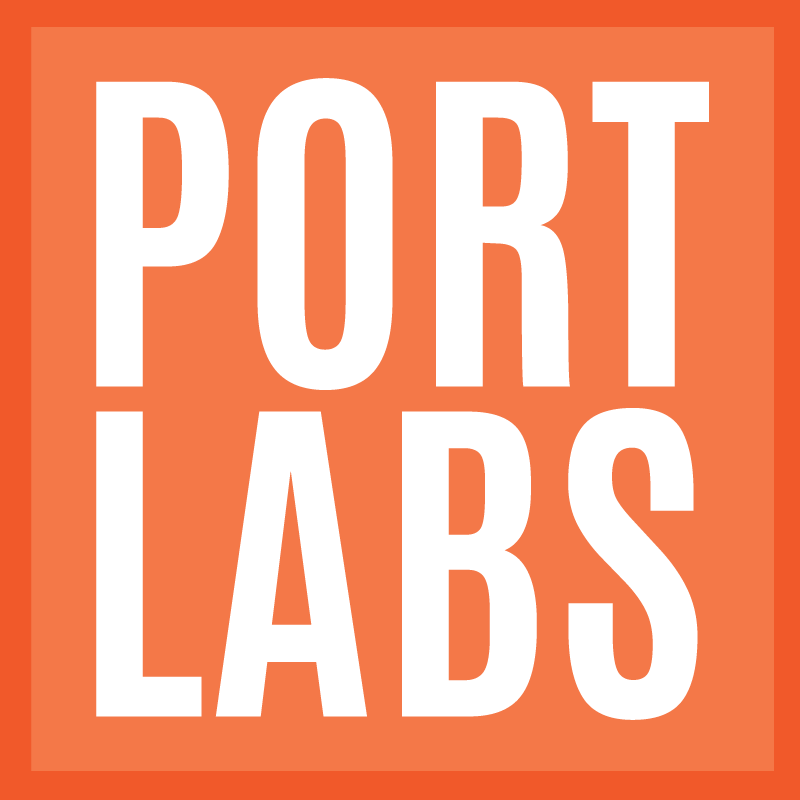Co-Design with Ninth Graders - a Case Study
Working with Latitude 37.8 High School and XQ Institute, we framed and executed a unique project: designing an object for a client, on deadline, and with a budget, using the collective design expertise of a group of eight 9th grade students.
The challenge was to serve multiple goals effectively:
PROVIDE A REAL WORLD LEARNING EXPERIENCE FOR THE STUDENTS ON THE TEAM
Latitude HS is a project-oriented learning environment. Student projects are designed such that they provide education in multiple subject areas. It is challenging to create projects like this that are more than just exercises. Having a project with constraints enabled students to be exposed to the complicated process of design, which is as much about value and feature engineering and communications as it is about aesthetic and materials choices. This sort of understanding often does not come for young people until they’ve had the opportunity to work on a project as a professional or an intern. It is a really unusual experience for a 9th grader.
We set a high standard for student participation for the project. Students would examine their own experiences, put forth design ideas and work on them together. Because of the time constraints of the project, we were often needing to structure student interactions to counteract our natural instinct to ‘help’. From the very start of the project, small groups of randomly selected students worked not just on their own ideas, but on the ideas of other groups. As the project progressed, some ideas had to be left behind - we could only make one product. The students’ experience of having to give up on their ideas and engage to support those of others led to some unique insights that would have been difficult to achieve otherwise.
On the other side of the project, our team facilitated the development of requirements and preferences for the client, and facilitated conversations in which students presented directly to client representatives, and were exposed to feedback directly from the client. The authentic excitement and support for student ideas from the client team was obvious, and made it easier for us to maintain a high level of student participation throughout.
The finished product
In the end, we produced a product for the client that was better than we imagined. The object met the client’s needs: to use non-plastics, to reflect the theme of ‘growth’, to enable recipients to have an experience building and taking care of the item, and to allow for personalization on the part of the recipient. These requirements came together in a combination planter / chalkboard, in the shape of the silhouette of the student team. In the end, we were all proud not just of the process, but of the result. We worked with the team - both clients and students - to assemble and package several hundred of these for delivery to their recipients.
We ran short on time for a conversation about how to produce a cost estimate for a product, and the students expressed enough interest in this area that we produced a brief on the subject. Many of the students read the brief without being required to do so, and had comments and questions related to the content.
Some quotes from student participants at the end of the project:
We did a reflection with students, client, and teachers at the end of the project. Student reflections included some valuable insights: most students noted that working with teams they don’t normally work with, and on other people’s ideas was a part of the project they valued. Many expressed an initial discomfort at the beginning of the project when facing a lot of unknowns, but a sense of achievement at the end at having overcome those uncertainties, and producing something that “reflects all of us.”
These learnings are priceless, and inaccessible to most 9th graders anywhere in the world. We are excited to have been part of providing this experience for this particular group of students, and fulfill the needs of a valued client while doing so.

